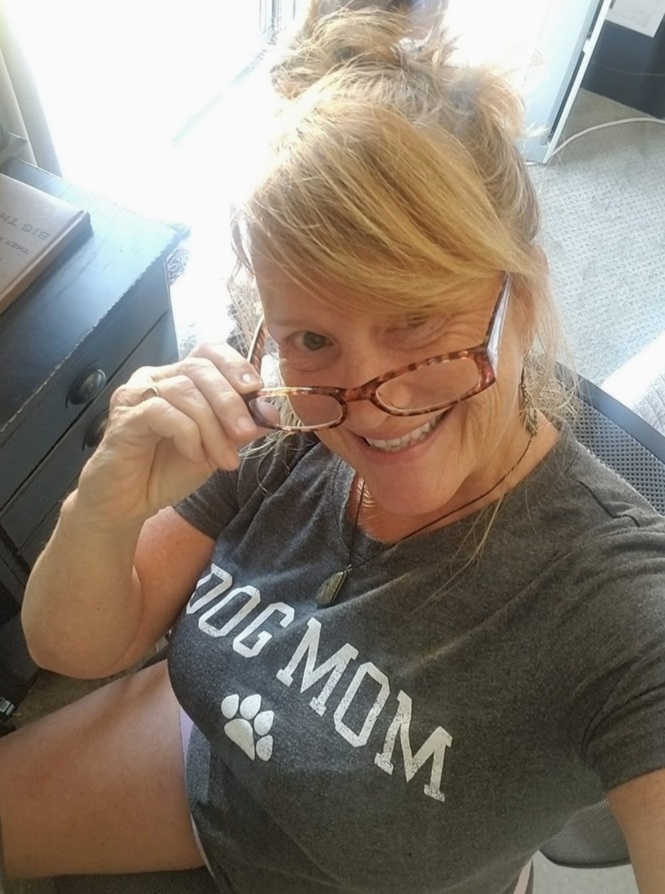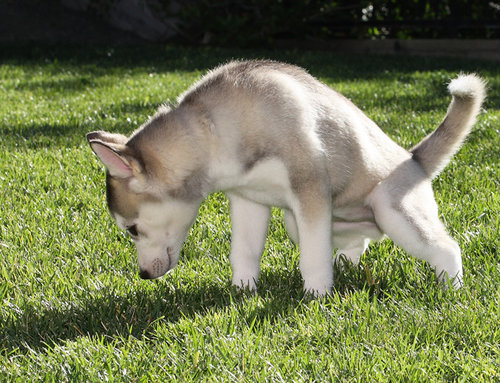Dog play is a wonderful thing. While most dogs enjoy playing; their playing styles are all vastly different. Elsa use to enjoy playing with most dogs; that is unless they seemed threatening to her. Threatening is all in the eye of the defender. Now she enjoys romping with puppies and her friends. Friends are very different than strange dogs; although strange puppies seem to be welcomed easily for her as they are non threatening.
Riggs enjoys playing with others but very lightly until he gets to know them. When he meets a dog at the park he likes to say “hi” get to know them a bit and then maybe indulge in some gentle play. For him it is all about getting to know you. There are a couple of very rambunctious girls at the park that he has growled at when they over exuberantly get into play right away.
As far as rules for dog play…the dog who is less inclined to play should be the leader. Not the leader as in alpha but the leader in that they should not be forced into anything. If your dog is a rowdy player and sort of a bully then it is your job to rein them in. At any time a dog should become uncomfortable, things can go very bad. Which is why…
“Quit while you’re ahead”
is a motto in life for me. If we have a short but sweet interaction then we quit and move on. Sometimes just lingering and pushing the time can lead to trouble. This especially true when a dog is not the play all day with anyone type.
Another after neuter change
There has been big changes in the play in our home between Elsa and Riggs. When Riggs joined our family it took him a bit to get use to Elsa’s full on full force playing. Once he did then it was “game on,” most mornings and evenings (typical play times for most dogs). Then as he got older the play went to mounting and Elsa wanted none of it. Play stopped for many months as Riggs could not control himself if they started. BUT, things are now changing back. They are beginning to play again which I am happy about. Riggs is doing most of the initiating and Elsa is still a bit apprehensive, thinking that it is a ploy to something else.
Yesterday they had a nice rough and tumble brawl, it made me really happy. Riggs is a funny guy, he pushes and pushes to get Elsa to play but once she’s in, he is easily intimidated. Elsa is a big girl, Riggs is a small guy and when Elsa wants to play she is quite the force to be reckoned with. So when the chase begins he is having fun then as it continues he gets slightly concerned until sometimes he resorts to hiding. Once she diffuses he starts pushing again. So he just needs to up his confidence.
Again, another positive after neutering.





















